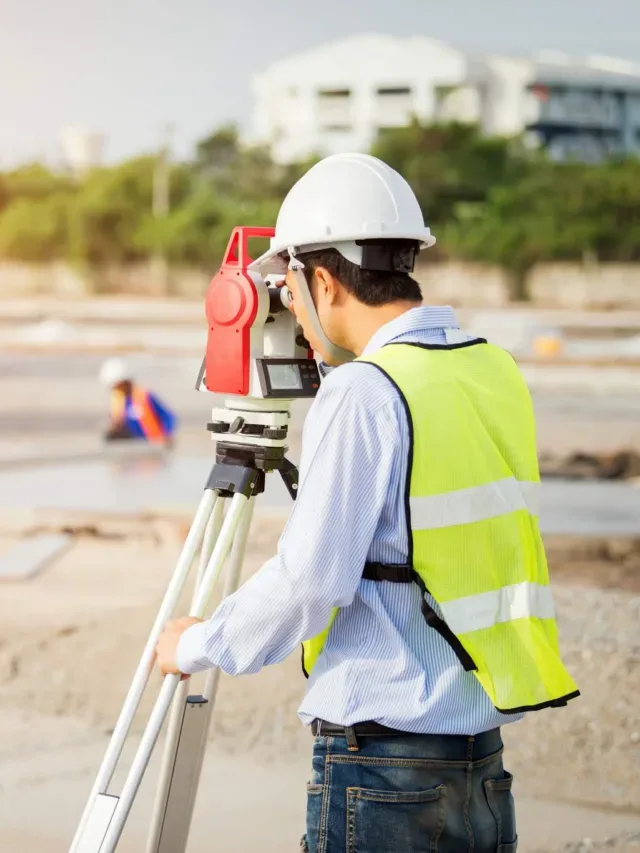Field Tests To Check If A Brick Is Good

Field test of brick, cement, sand and stone chips are very much essential as they are the most common construction materials which are used in almost all of the civil engineering construction from brickwork to floor finishing everywhere. As a civil engineer, working in a site is the challenging one, as on the site engineer all the responsibility and liabilities depends upon for good quality construction. But alone a good supervision is not enough for a good construction having required properties and durability. A proper quality control is essential at all the stages, specially at the very start , where we have to select right materials for a type of construction, as the materials are the cell of each structure. A Civil Engineer may not always have the facility of laboratory at the site for the testing of materials so as to ascertain the quality of a material weather it is bad or good, suitable or not. So a civil engineer should be able to judge the quality of the basic construction materials such as Brick, Cement, Sand and Stone Chips by means of Visual Inspection of those materials, which can be done by doing the Field Test on those materials. Here I’ve listed the different field tests for basic construction materials which becomes necessary in day to day work.
The following field tests are to be performed in order to determine if a Brick is good :-
- A good brick should be of proper shape and standard specified size, the edges of it should be sharp, there should not be any cracks and fissures on the brick.
- The colour of a good brick should be copper red colour. A yellowish tint on brick indicates that it is under burnt and hence possessing of lower strength, and if a brick is of dark blackish blue colour then it indicates the brick is over burnt and is brittle in nature.
- When a brick is struck by a hammer or against another brick, it should emit a clear metallic ringing sound, it should not be dull.
- A freshly fractured brick should show a homogeneous compact structure without any lumps.
- If a brick is dropped from about a height of 1m on a hard ground or on another brick, it should not break.
- When a brick is scratched with finger nail it should not leave any impression on the brick.
- A good brick (1st Class) should not absorb water by not more than 20% of its own Dry weight when immersed in water for a period of 24 Hours.









